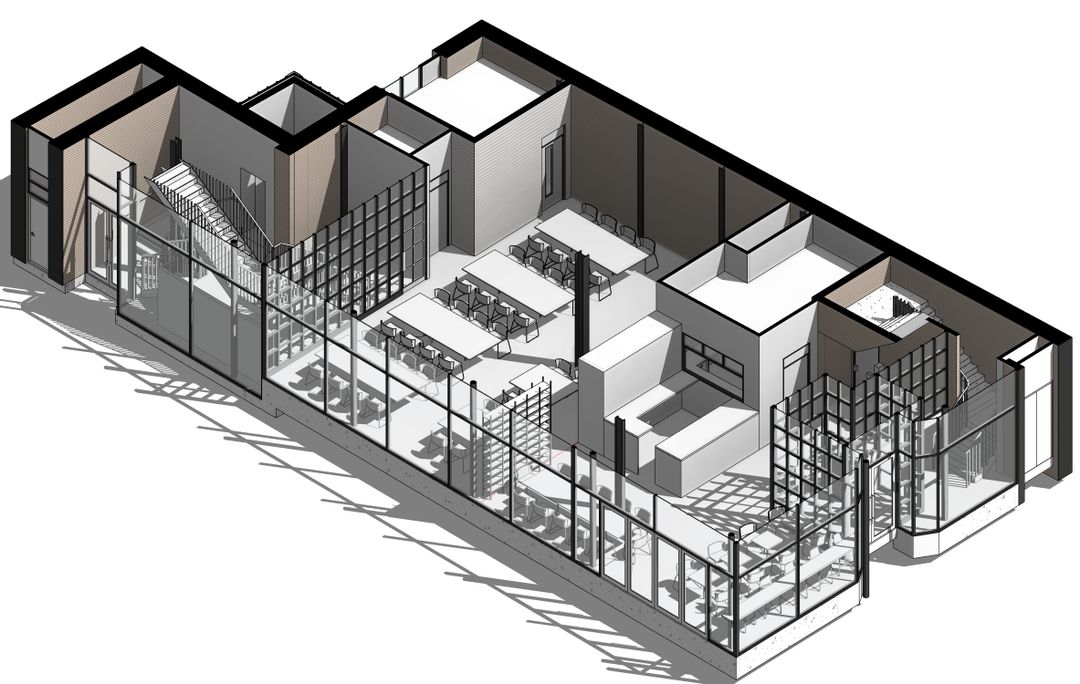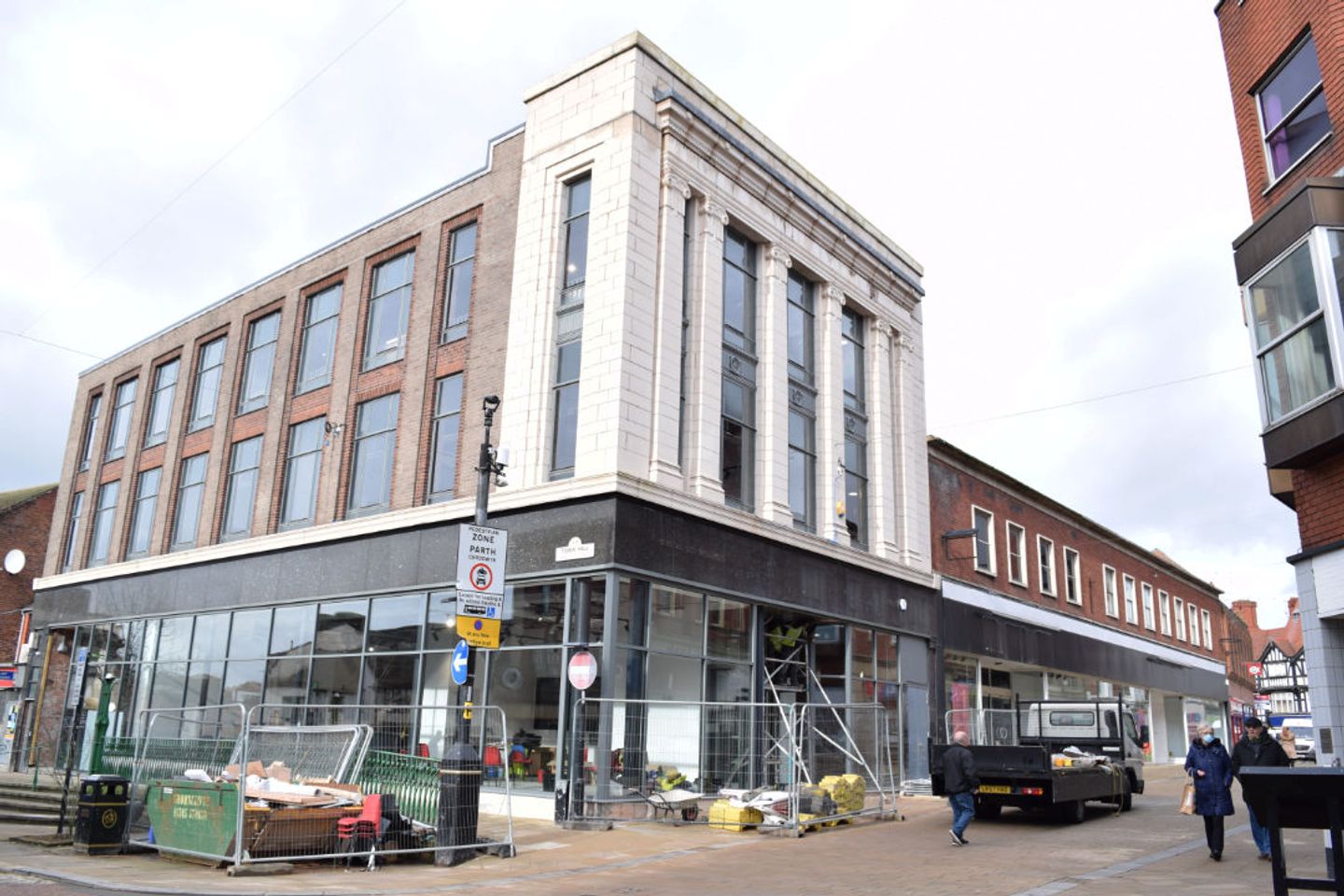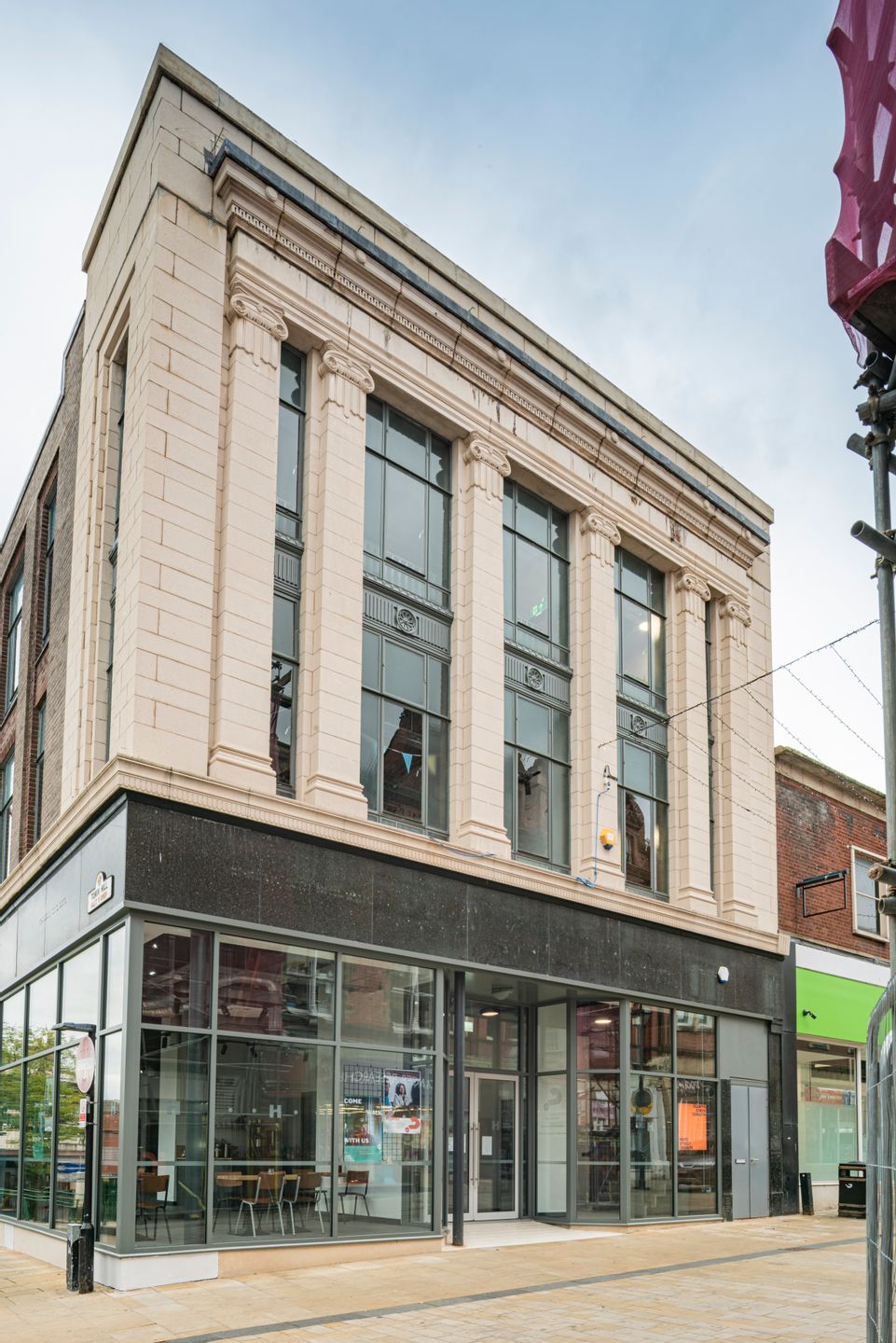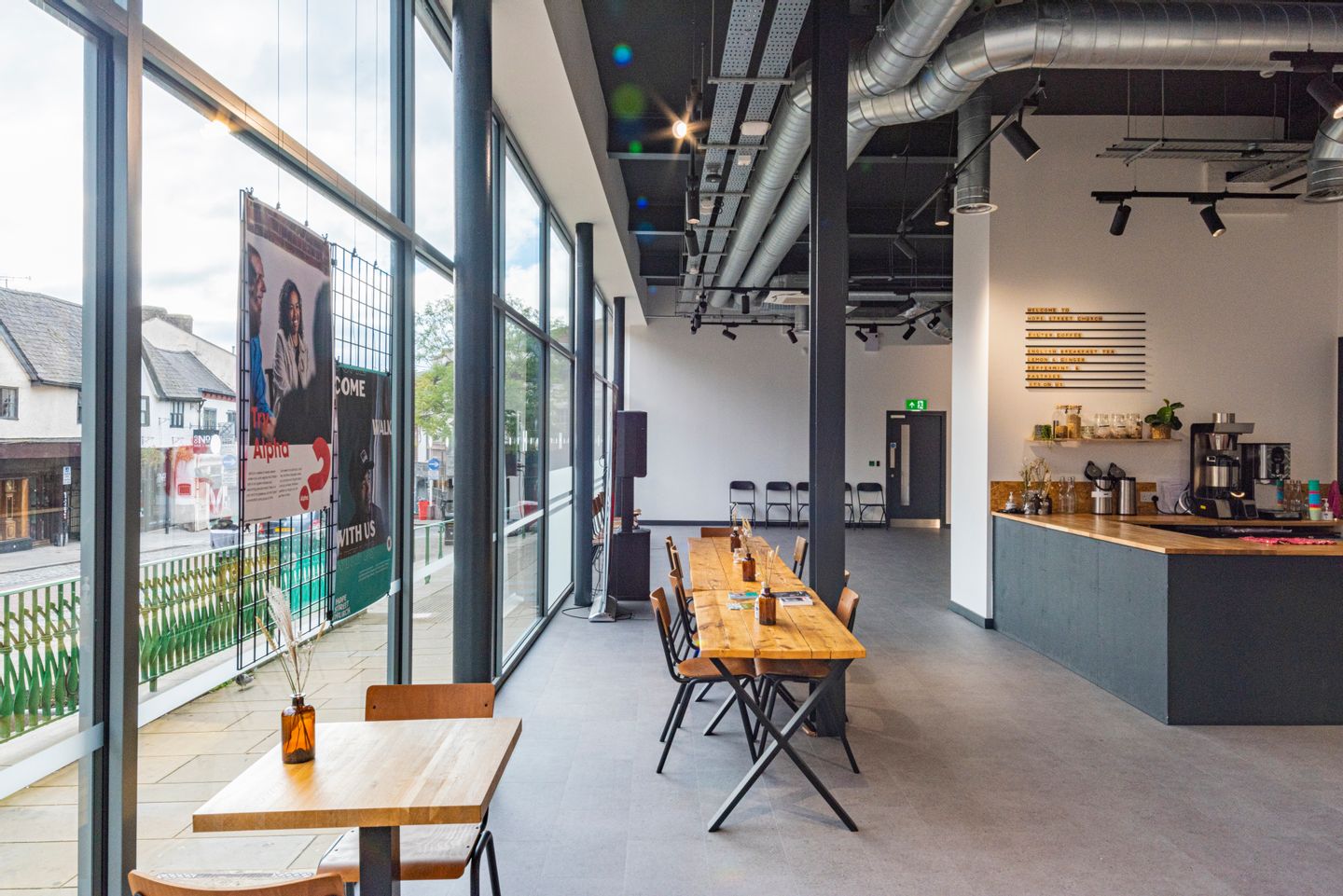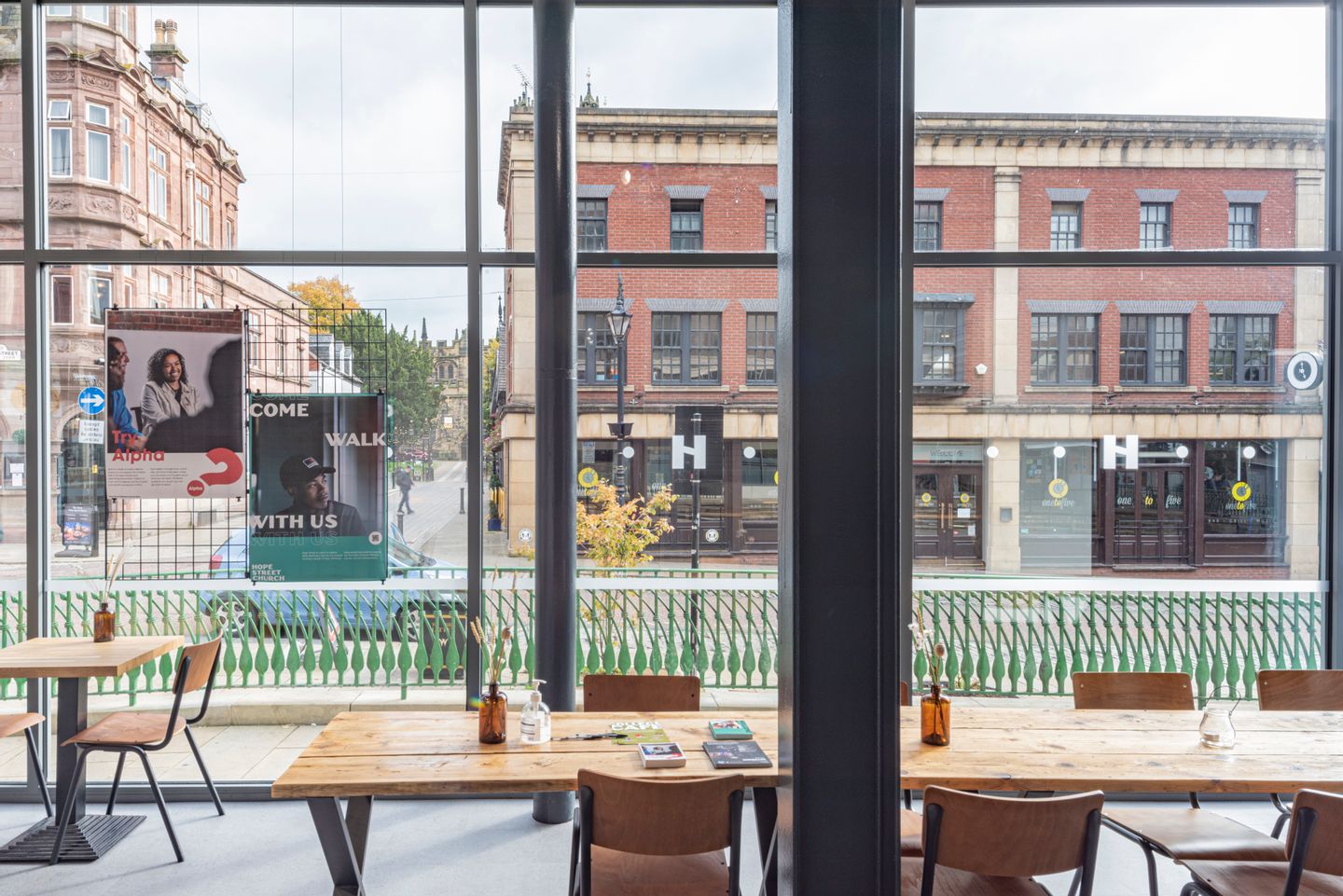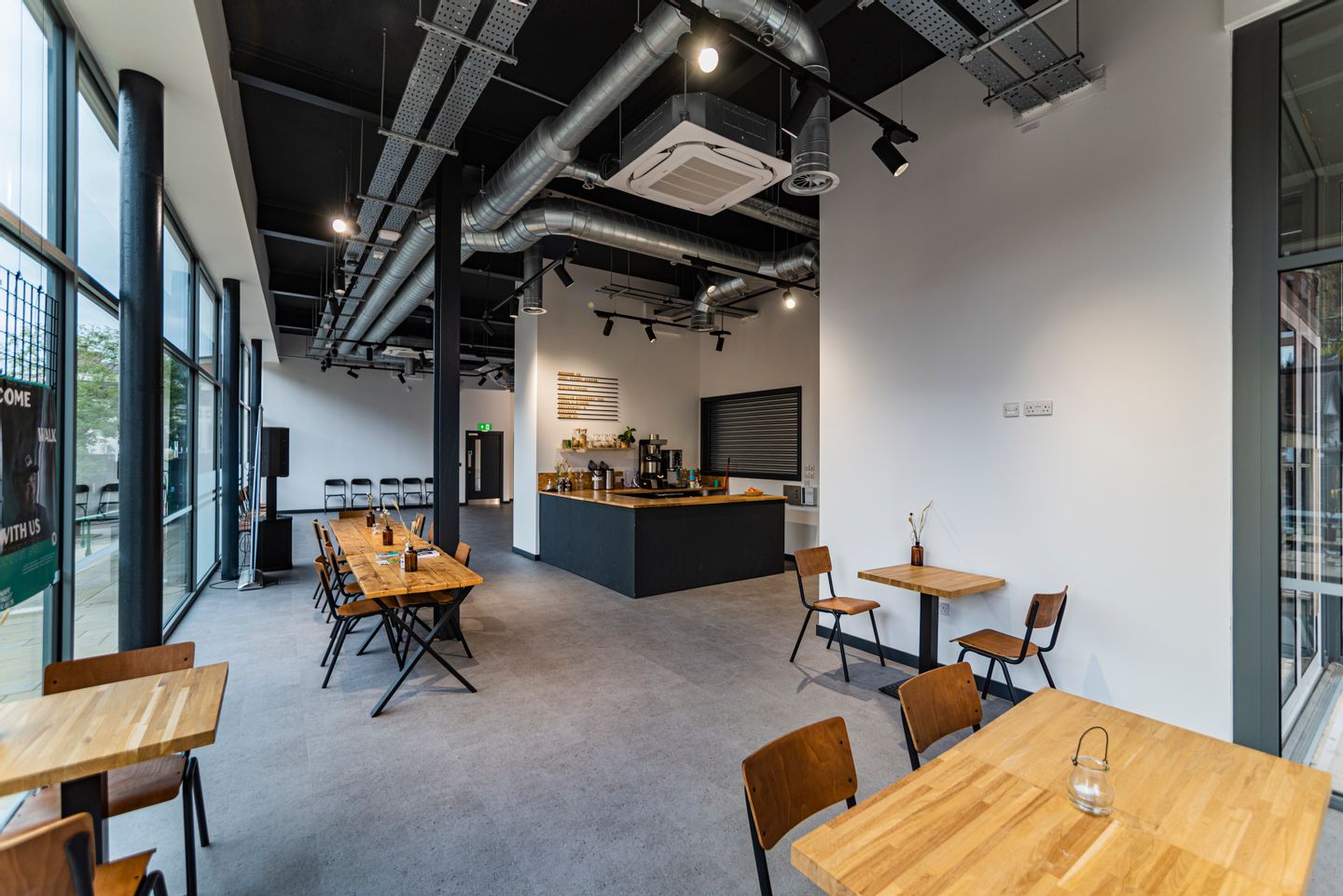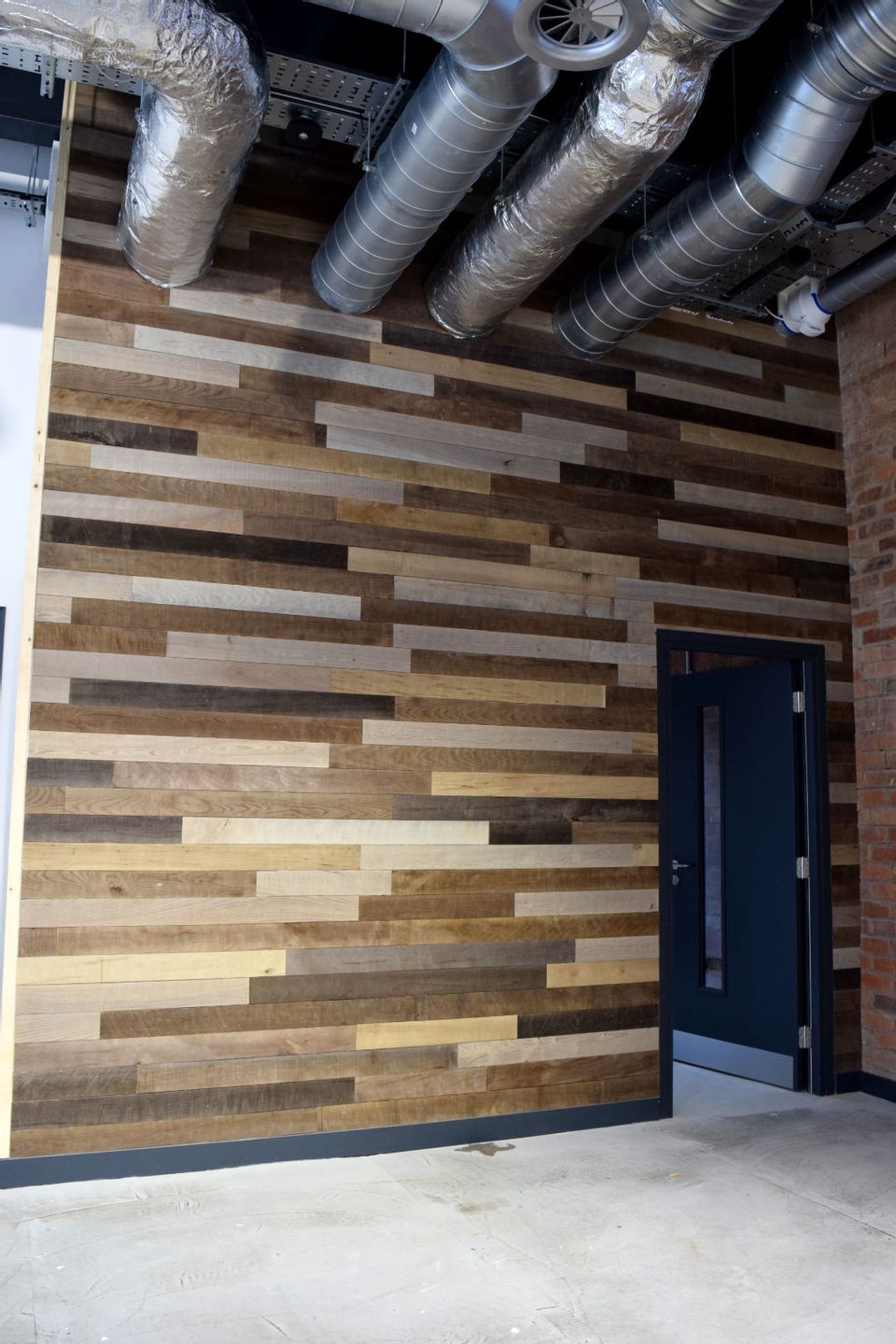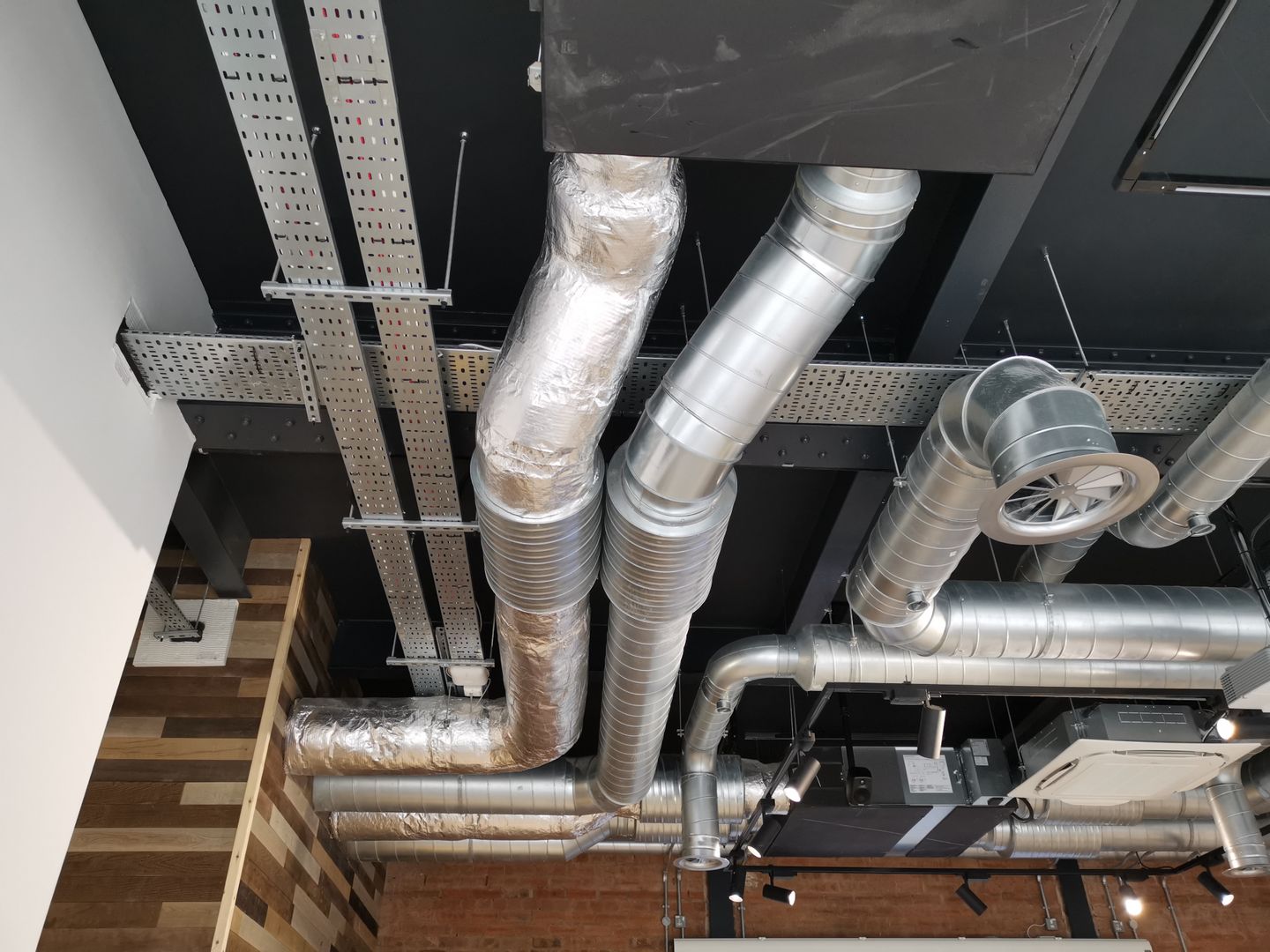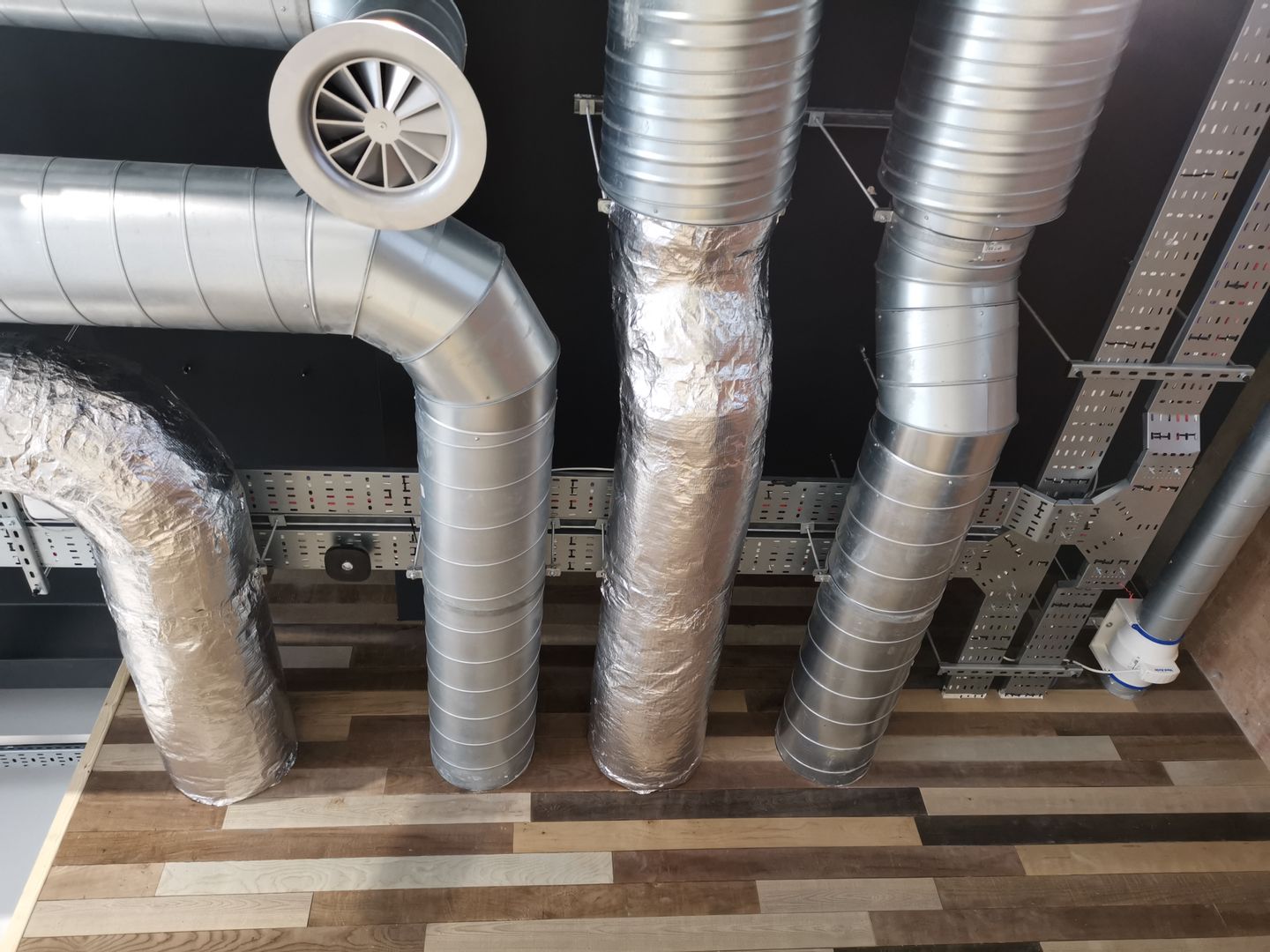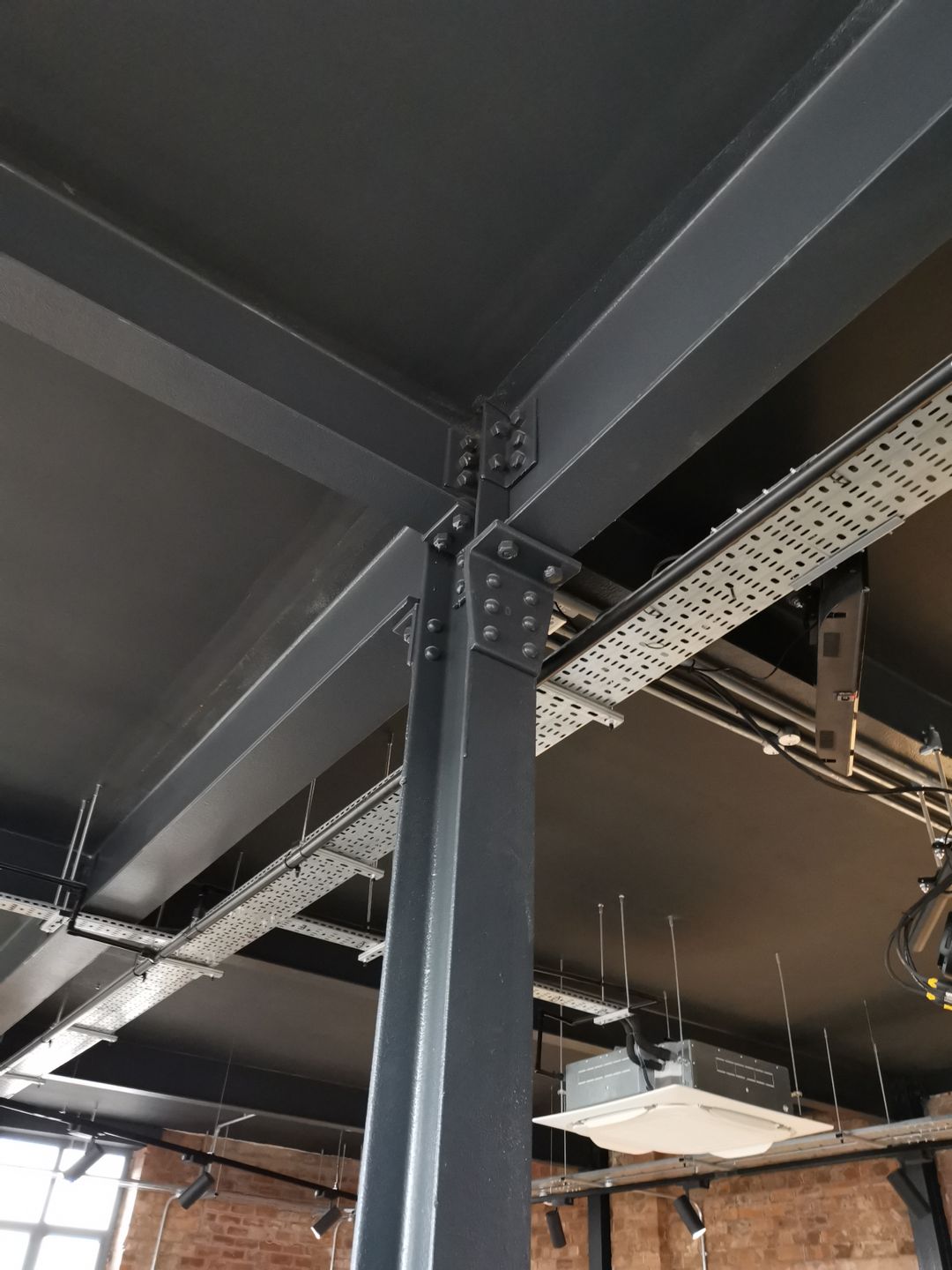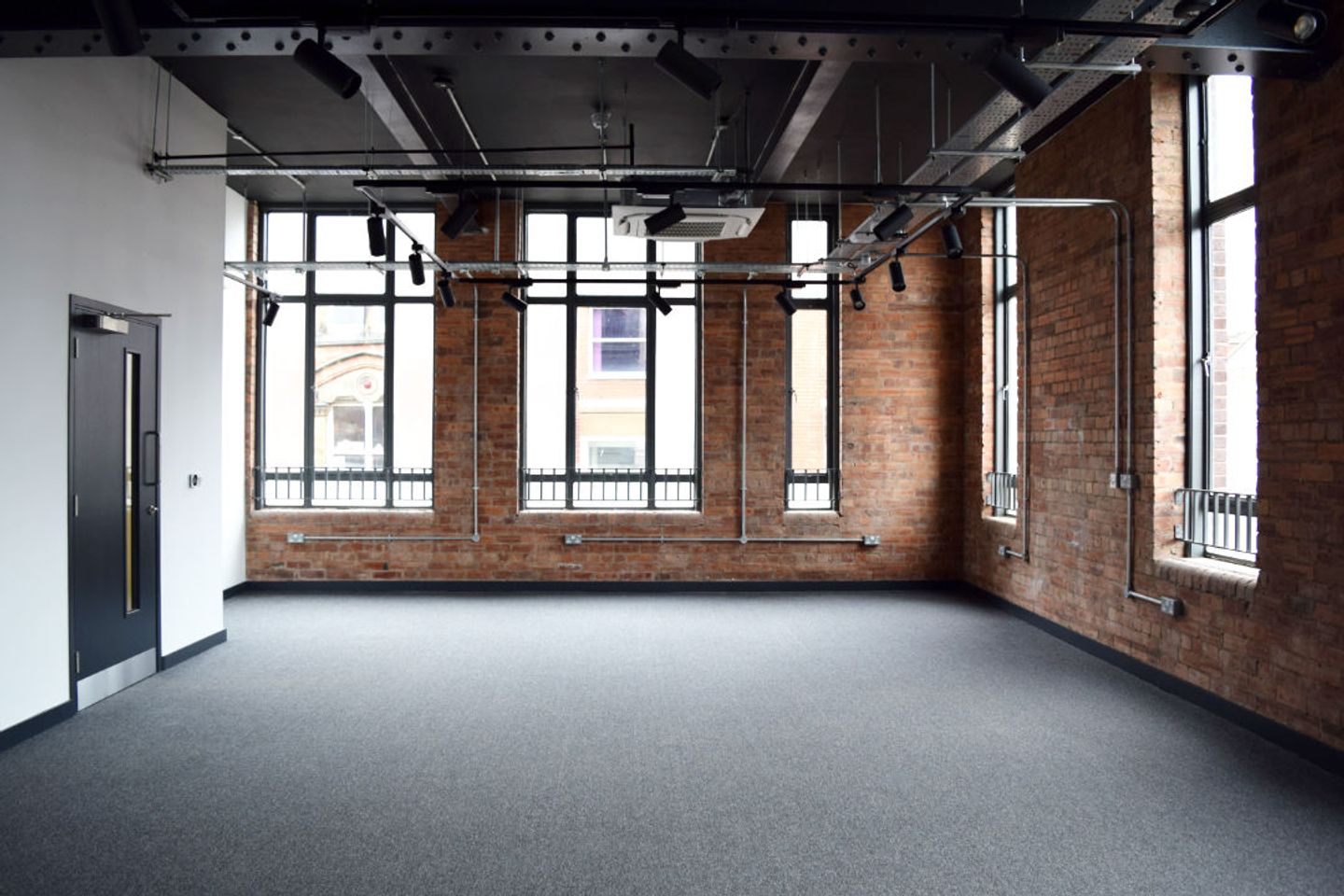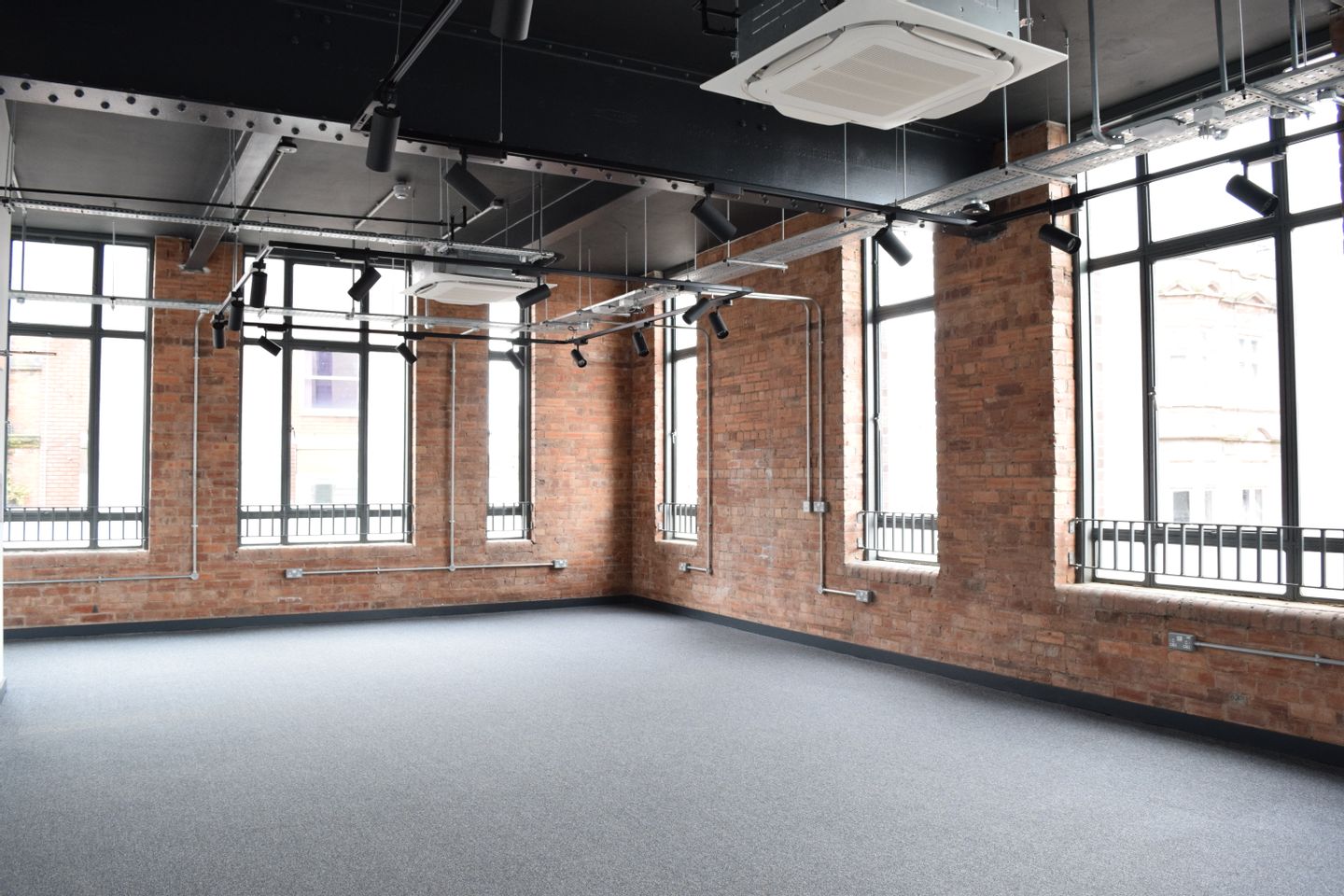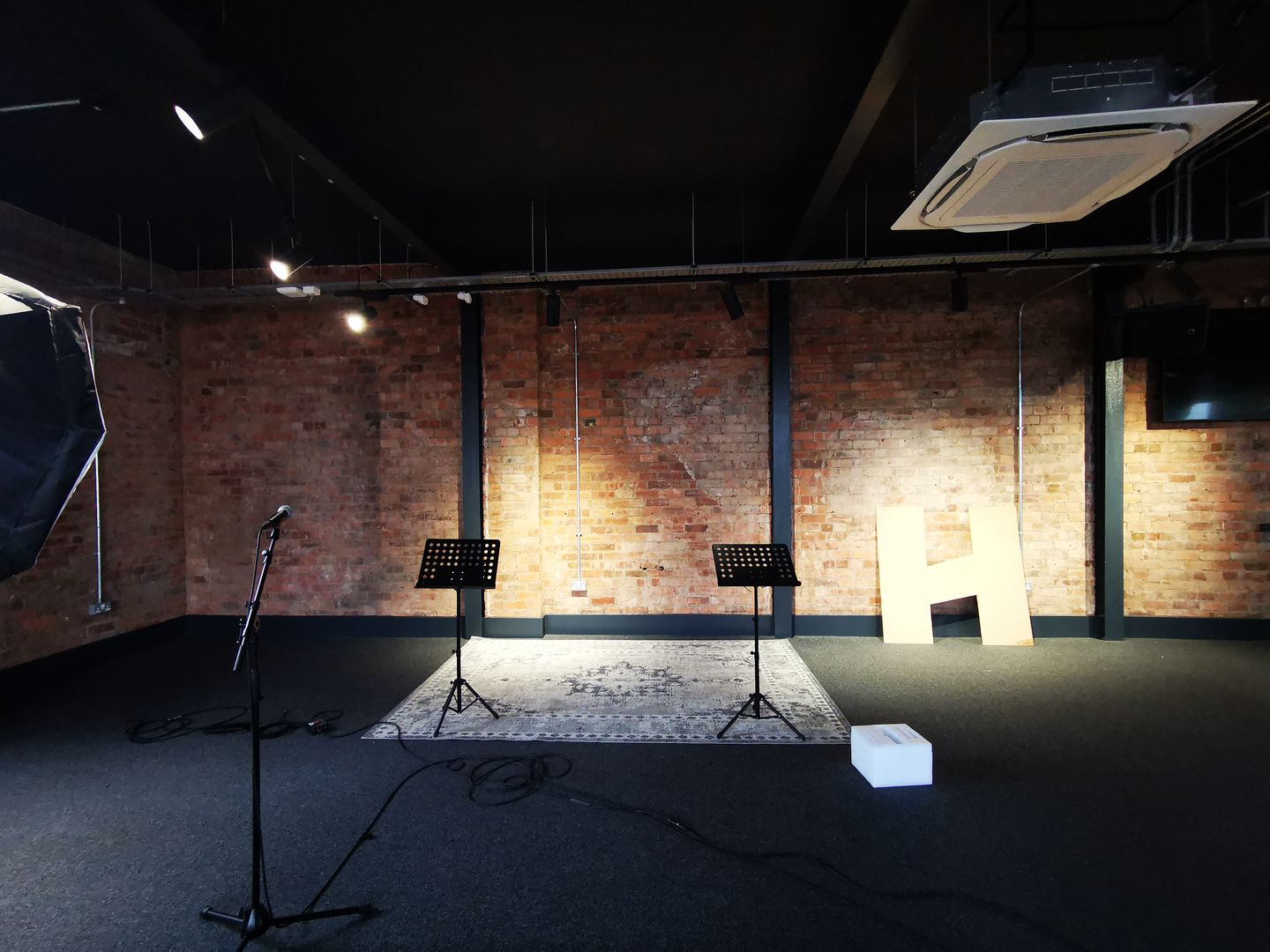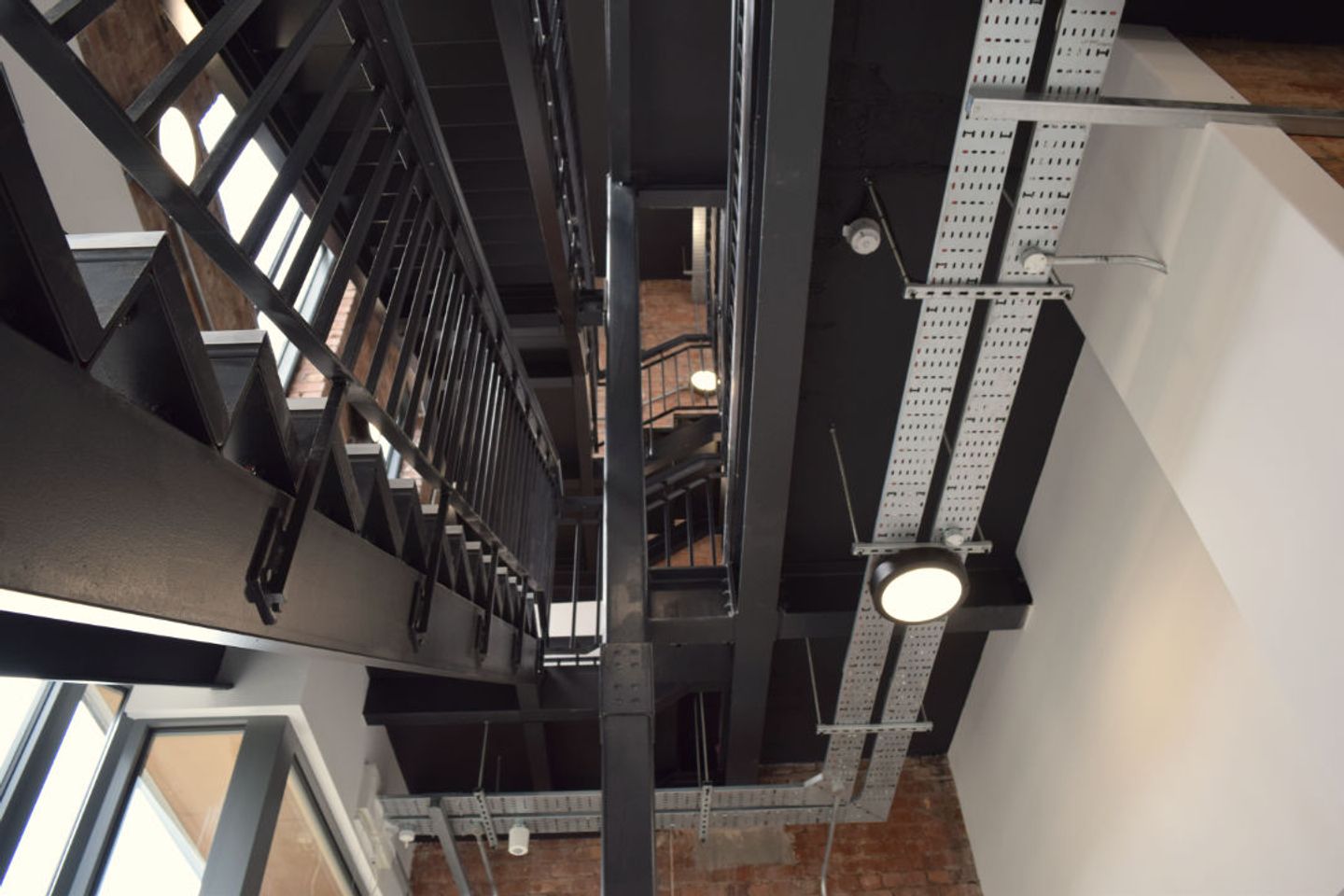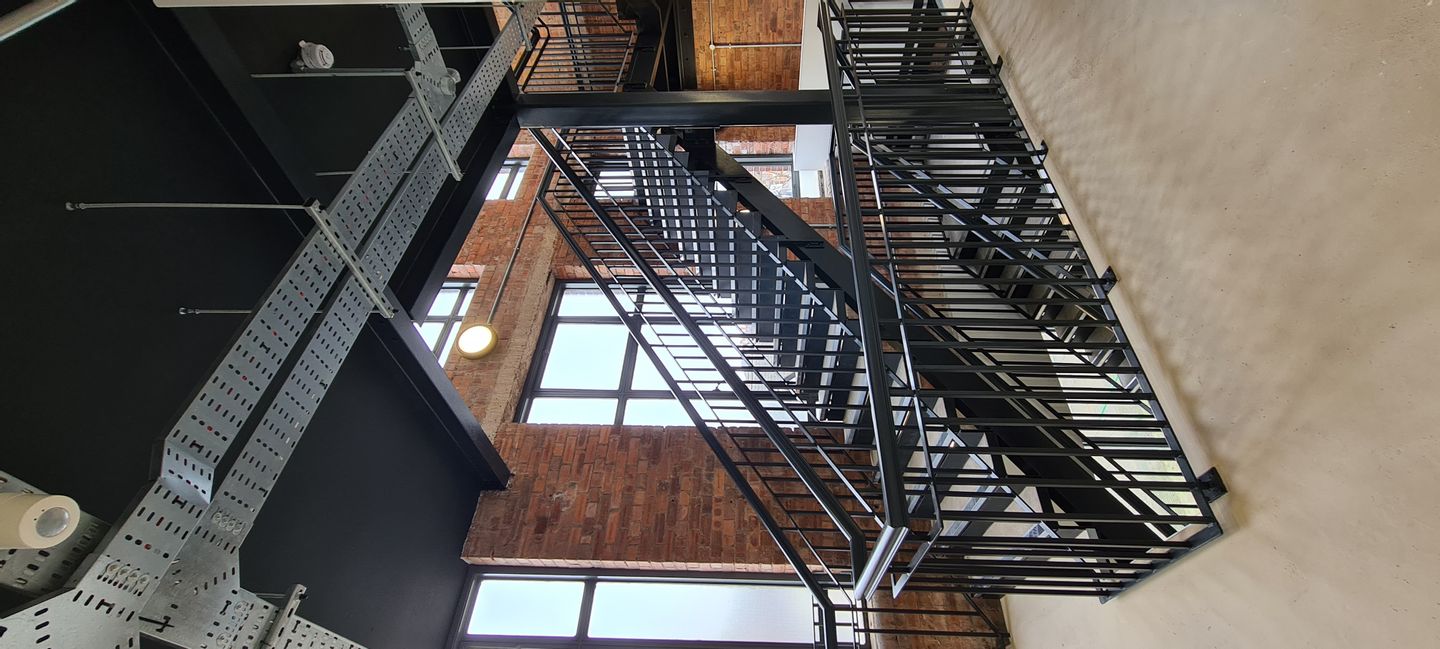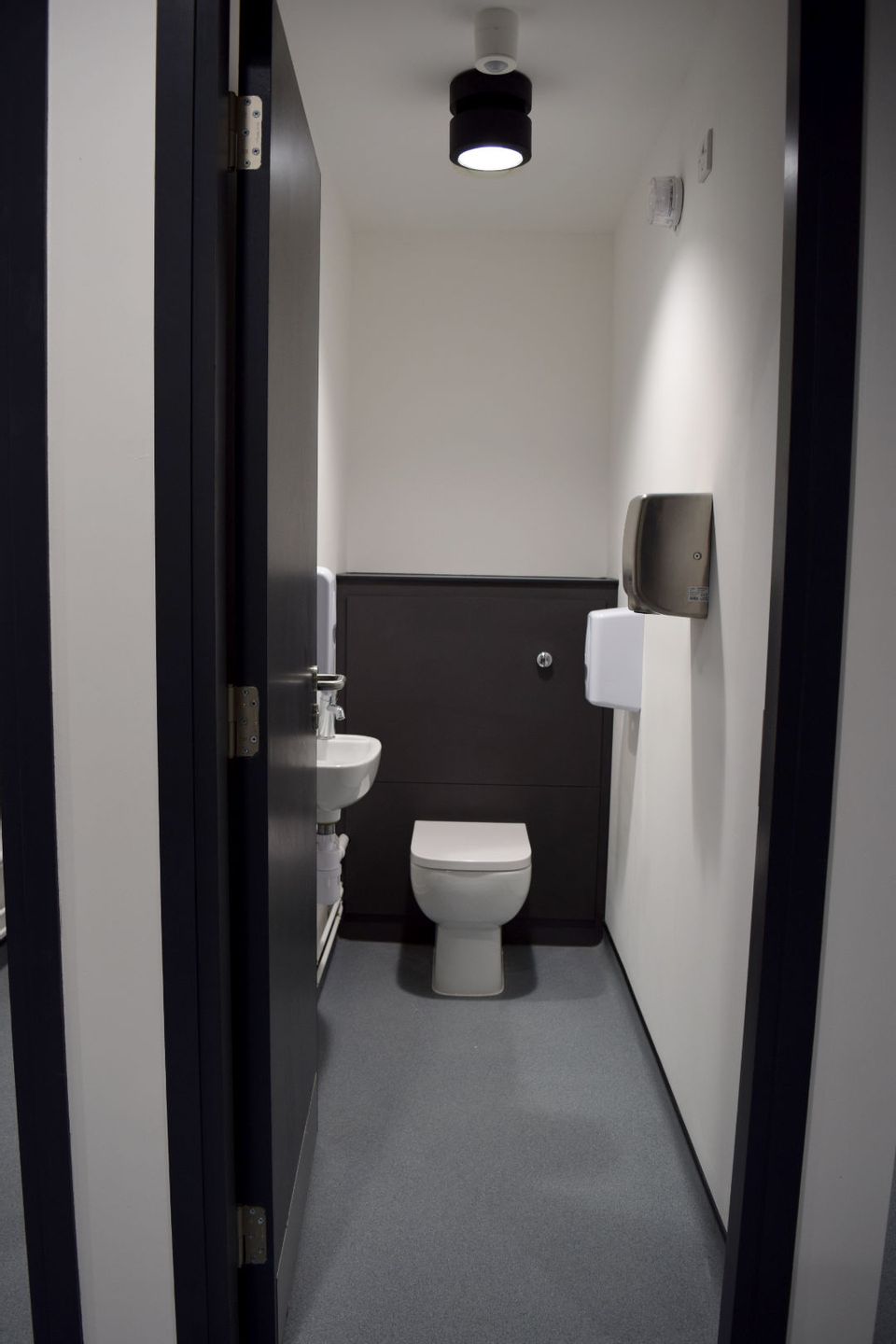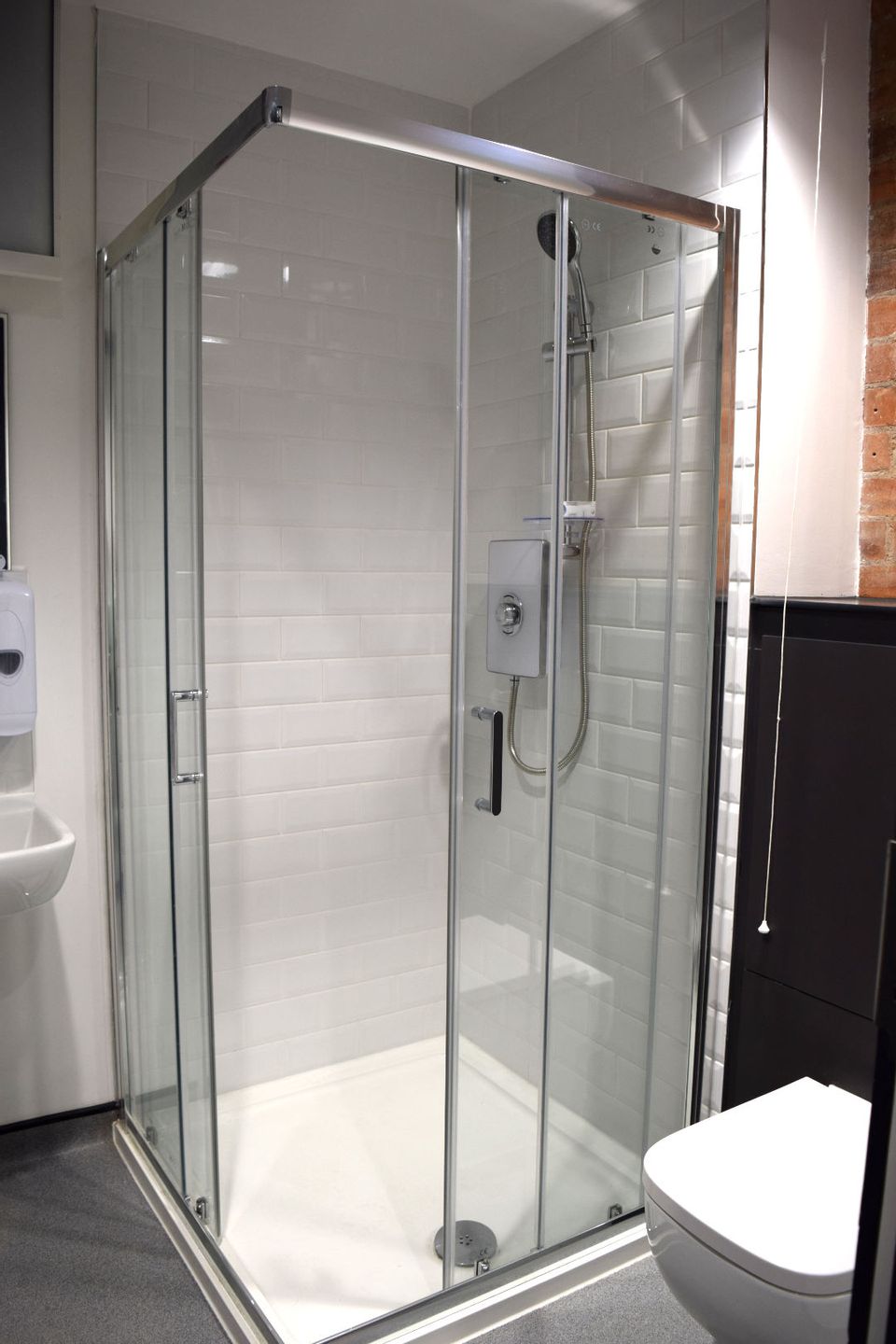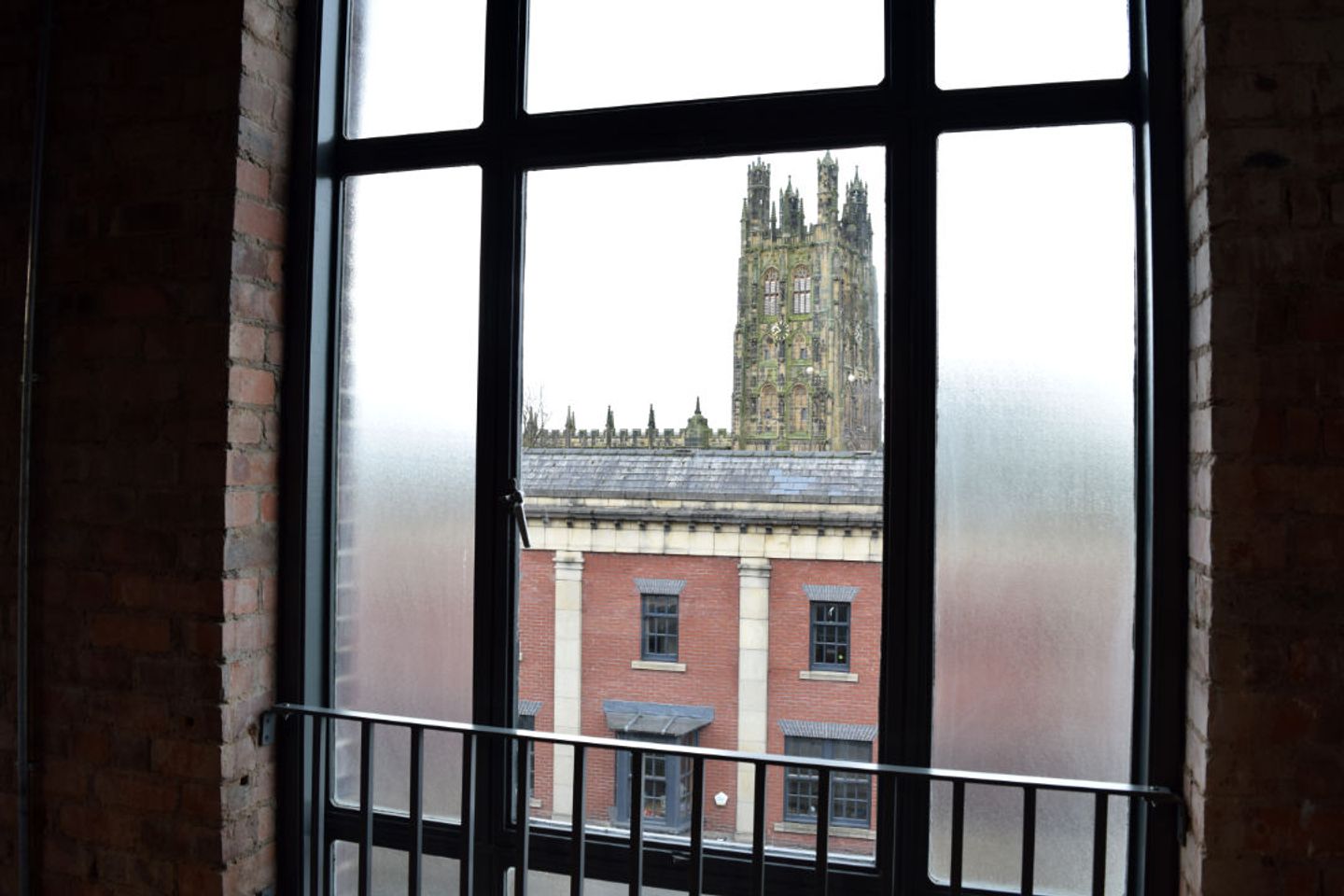Project Summary
Architects:Lawray
Architects
Project Costs: £1m+
Timescales: 12 months
Size: 3 floors
Spatial/Simmonds Group had the upmost pleasure of being appointed Principal Contractor on the refurbishment of an iconic 1930s former retail unit which we transformed into a contemporary Christian church and local community centre in the heart of Wrexham.
The major development works on the Hope Street project were on behalf of the Diocese of St Asaph, Church In Wales. The building stands in the heart of Wrexham town centre and spans over 3 floors.
The end product was to provide the Church In Wales with a high end community facility including Prayer Rooms, Office Space, W/C areas, Social Space as well as a new cafe and seating area whilst retaining a lot of the original historic character of the building.
The importance of the scheme to the local community didn't go unnoticed. The high quality refurbishment of the building, a former Burton's Clothing store, was recently named “Best Public or Community Building in Wales” at the LABC regional Awards.
The prestigious award from the LABC was the culmination of three years effort for all involved - which also included strenuous work being carried out throughout the pandemic.
Scope of Works
- Major structural alterations which also included a new external lift shaft construction.
- Full building refurbishment of all 3 floors as per the architectural plans, elevations and specifications provided by Lawray Architects
- M&E (Mechanical & Electrical) installation.
- Installation of a new shopfront to the entire ground floor area
- To restore the external facade of the building to its former glory.
- Full Building Clean
- Commissioning of all services
- Successful Handover to client
- 12 months defects liability period
Making it Happen
The project presented us with a number of challenges that required close collaboration with the design team as well as meticulous planning with our subcontractors throughout all stages.
Following our strip out works our first challenge was to carry out the demolition of a large structural wall which separated the building from a small acquired retail unit next door. Following this we installed new structural steelwork at each level which enabled us to then cut the existing concrete floor at each level of the building. These alterations would then create a new space which would house a new steel staircase complete with bespoke steel balustrade and which would provide a new primary access to all floors. These works had to be carefully sequenced and managed on site entailing that the works had to phased floor by floor to ensure that the construction could be carried out safely.
Another challenge was the construction of a new masonry lift shaft in the rear courtyard which spanned the full height of the building. This presented a number of issues that we had to overcome; mainly the fact that the rear courtyard was an extremely tight space which also had restricted access. The access issue meant we were unable to bring in any heavy machinery to excavate the lift pit so this had to be dug out by hand by 2 operatives over a number of weeks with the surplus material being wheelbarrowed one load at time around the building to the skip. Following this we then constructed scaffolding in phases to allow the blockwork construction of the lift shaft. Once completed with roofing, the scaffolding process was reversed to allow the installation of the cladding system as well as adjacent aluminium windows. This entire process was carried out over a 6 month period and was then completed internally with a new lift installation that provides access to all floors of the building.
Once inside the building we carried out an extensive fit-out scheme which included, fire protection to steelwork, partitioning, bespoke joinery, w/c fit out, new flooring throughout, decorations a complete new mechanical and electrical installation.
The project commenced on site in March 2020 and despite the implications of Covid-19 we managed to successfully deliver and handover the project in March 2021, on budget and with zero accidents or incidents

